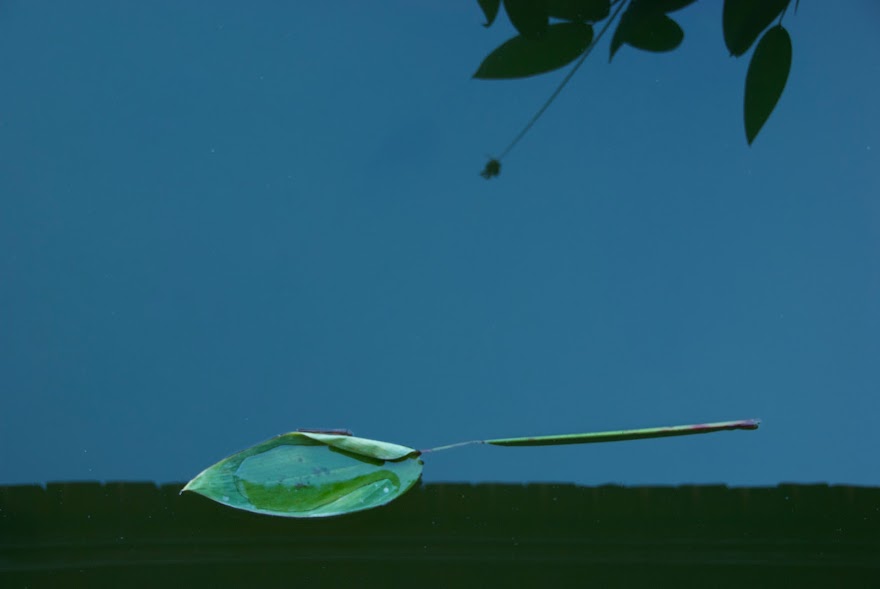I know the world is anxiously awaiting the report on my aged body’s reaction to being shot twice yesterday. In a word: none. Now on to more important things.
I have been remiss in not mentioning that Steve Earley is a week into his fall cruise. He has been in St. Michaels, Maryland, for the small boat festival and is again underway this morning. Here is his tracking page:
https://maps.findmespot.com/s/RXGF#history/assets
And here is a link to his site where he has been posting photos along the way.
http://logofspartina.blogspot.com/
I might also mention that the current October issue of CRUISING WORLD contains my article, “My Seventh Circumnavigation”, which includes a lovely photo of Skull Creek. The Chamber of Commerce should put me on retainer.
MacHighway which is the webhost for my main site advises that they are migrating to new servers a week from today, October 9, and service will be interrupted for eight or ten hours. I know this will leave a huge gap in your day. You may just have to reread old journal entries instead. Personally I am going to watch soccer on television.

2 comments:
Hello, captain. We have not talked for several years. Glad to hear you are well. My question goes back to when you were sailing your Lugger. Did you navigate by sun shots at sea only or could you get star sights also?
-Captain David Robb
For celestial navigation I always used sun sights on my boats, including CHIDIOCK TICHBORNE. From childhood, perhaps birth, I have had scar tissue of unknown etiology in the center of the retina of my right eye which was before I went completely blind in it about ten years ago my dominant eye. Thus when I tried to focus on a star it simply disappeared.
I took my first sun sight in the morning when the sun was 20º or slightly more above the horizon. I found the refraction tables when it was lower were not accurate. I then took a series of sights at two minute intervals starting ten minutes before estimated local noon until the altitude began to diminish. The highest point was local noon and gave me latitude. I then moved the first position line forward the distance and course the boat had sailed during the time between the early and noon position lines. Where the lines crossed was my noon position with acceptable accuracy. In the days of celestial ‘acceptable’ was a circle of probability five miles or less in diameter. This seems huge compared to GPS but is less than one hour sailing in most boats and close to land one should be paying attention for at least that long.
Post a Comment